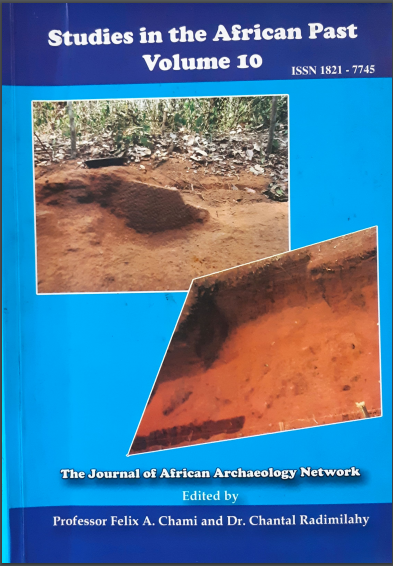Middle Stone Age (MSA) Points Form and Function: Evidence from Magubike Rock-Shelter, Southern Tanzania
Abstract
This paper highlights technological innovation and food acquisition strategies employed by Middle Stone Age (MSA) humans who inhabited the rock-shelter of Magubike in Iringa, Tanzania. It also assesses the morphological characteristics of points and the ways in which they were used to form composite tools. The majority of analyzed points were deliberately modified on their proximal ends to allow hafting. The metric dimensions, weight and Tip Cross Section Area suggest for the existence of spearhead projectiles at Magubike during the MSA about 150,000 BP. Results from this study suggest that in sub-Saharan Africa, the development of projectile technologies was more effective and it went alongside with the evolution of anatomically modern humans in Africa during the Middle Pleistocene. The mechanisms used to manufacture and use projectile weapons suggest that the MSA people were skilled, knowledgeable and they had cognitive and developed behaviour capability.



